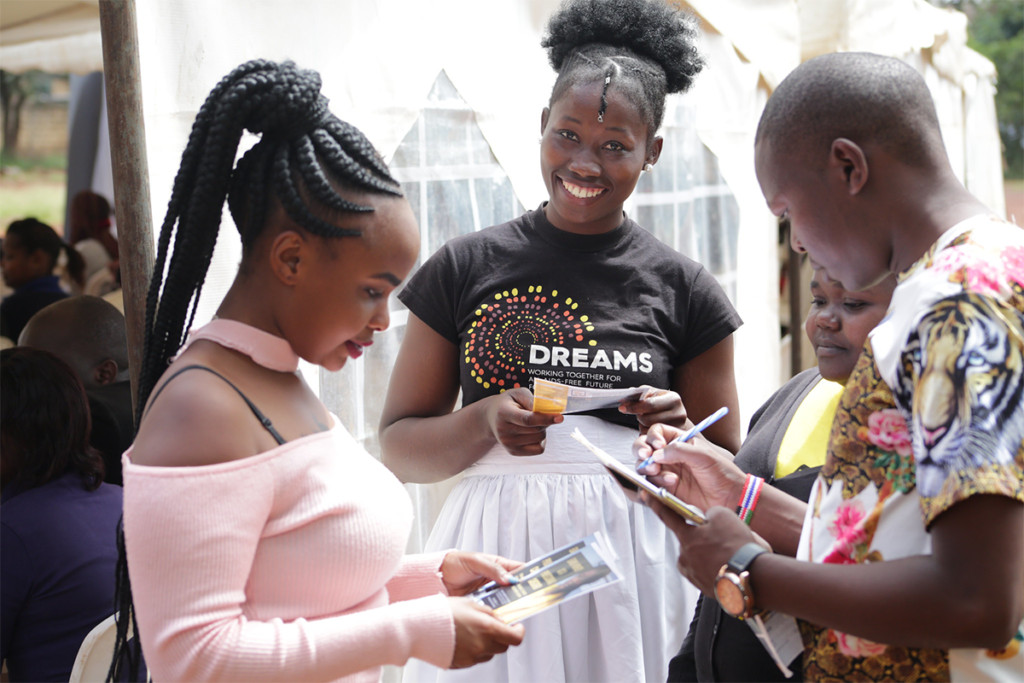I am a behavioral scientist at FHI 360 who works on health projects in Uganda funded by USAID. In my role, I feel that it is important for me to understand the contemporary advances in medical research and how health research is conducted from a clinical and behavioral perspective with considerations for gender integration. To understand this, I took a course on Gender and Health (Gender en Gezondheid) at Erasmus University, the Netherlands. In the course, I learned that there is a strong global movement towards focusing on gender in health development, with a call to all practitioners – including clinicians, epidemiologists, sociologists, funders and politicians – to think and act now about the subject. In this post, I’ll explore some of what I learned and share my insights on why we need to act now to better integrate gender in health development research.
Biological sex matters in health research
The course gave me insight for the future when reading medical studies or conducting new research on our projects. For example, there was a time when scientists tested medicine only on men and male animal species. And when administered to all humans, some medicines had adverse effects on women. The course reinforced how often the female or transgender dynamic is not considered in the process of medical research and development of medicines, hence, showing the need for practitioners and researchers to care about the dynamics of sex and gender in health.
Bias in health care and health research
The course covered pertinent topics of sex and gender in health, gender in medical education, sex and gender in research and literature searches – all of which aimed at providing strategic thinking on the subject.
From the academic viewpoint, I learned that gender bias often comes into play where researchers sometimes envisage health determinants as being similar between genders when they are actually not. We can resolve the aspect of gender bias by advancing aspects of equality and equity. However, practitioners are cautioned not to be female biased while overlooking the male when advancing gender mainstreaming aspects such as inclusion, reversal and displacement.
From the political standpoint, I learned that everybody has an opinion about health care and sometimes the opinion could be based on personal experience. The course noted that health care is related to issues of access, quality and affordability – all of which encompass aspects of equality and equity. Thus, the politicians participating in the course urged additional discussion about gender in health in order to raise awareness and enable the inclusion of gender issues on the political agenda. This was evident in one of the politician’s remark during the course, “We need to let the politicians know about gender and ultimately note that we are equal but not similar.”
Gender in medical education
The course provided examples for how medical education must better consider gender and health. Here are three examples that caught my attention.
- Gender in cardiovascular disease – I learned that women today are more concerned about breast cancer than cardiovascular disease. Women assume cardiovascular disease mostly affects men which can delay treatment, thus presenting a major health risk that development practitioners need to pay attention to. Importantly, there is a need to consider female risk factors such as pregnancy (reproductive health), menopause and migraine alongside other factors including age, smoking, dietary habits and gender-based violence. For men, cardiovascular disease affects their sexual health causing effects such as erectile dysfunction that manifests as a precursor to cardiovascular disease. With such gender differences in understanding cardiovascular disease among men and women, it is evident that there is a need to integrate gender in medical education.
- Gender and cognition – I learned that epidemiological evidence indicates that neurodegenerative disease exists slightly more in women than in men, and similarly, the presence of silent brain infracts is higher in women than in men. The evidence is linked to the reproductive differences between men and women. As such, the course noted that as dementia disease increases so does the burden of health care. However, there is more clinical and epidemiological focus on tackling the disease itself than the social aspects surrounding it. Therefore, there is need to strike a balance in understanding gender and health from both the medical and clinical and socio-behavioral perspectives.
- Gender and mental health – I also learned that mood disorders are more prevalent in women than men, but mental disorders due to substance use is higher in men. As such, understanding the gender dynamics that pose risk factors to mental health is pertinent in medical education.
Research design must consider sex and gender
Further, we need to consider sex and gender right from inception in study design. Although the design may appear to be the least affected by sex and gender, the concepts are saliently manifested in the study research questions. Other methodological aspects that should consider sex and gender include the study population, data collection and data analysis. For instance, the study population should not just be equally divided by sex, but it should focus on the goal of the study.
The way forward
All development funders for research and development programs now consider gender a main component of health development research. Thus, it is imperative for practitioners and researchers alike to reexamine our understanding and integration of gender in all development programs. As one presenter in the course said, “We now realize that science is getting better with sex and gender, because it allows us to understand the population in its entirety while considering the contextual variations.” I therefore encourage you to join the effort and act now, let us make gender a priority and include it on our global health agenda.
Photo credit: Solomon Onyata/USAID



